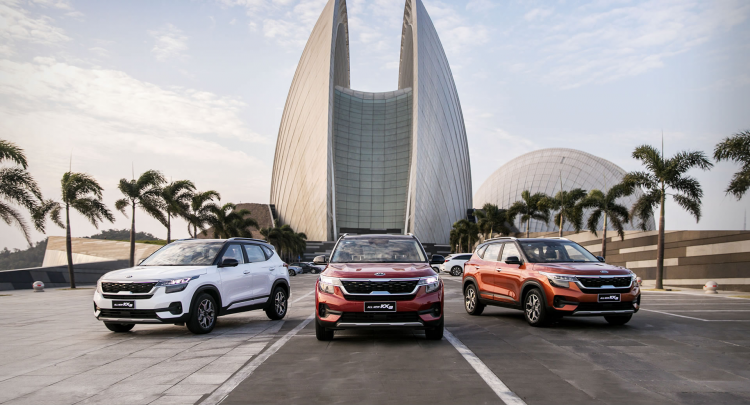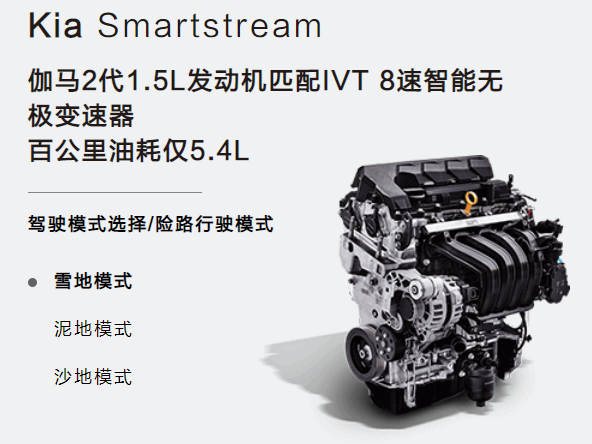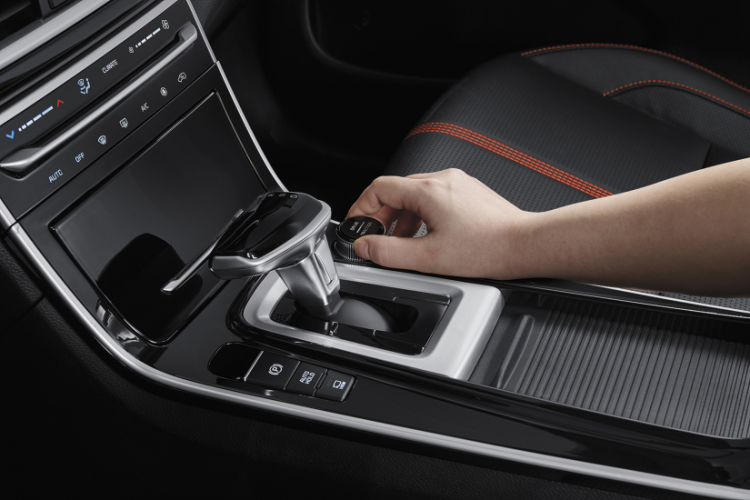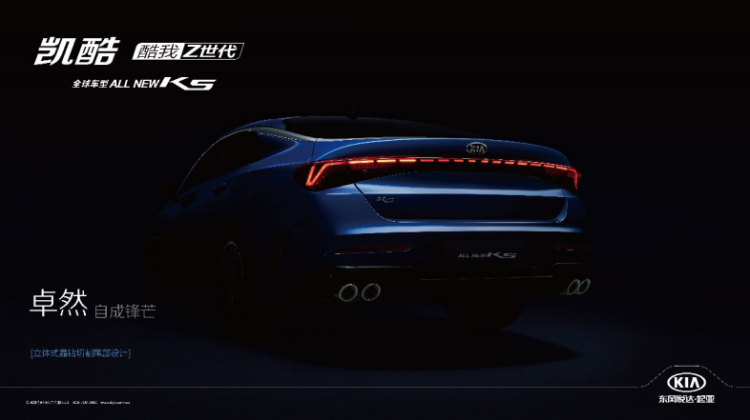Although the small SUV market is not as hot as the compact SUV market that is more suitable for home use, but because it is more suitable for young people in terms of car demand and cost, it has also become the second largest segment of SUVs in recent years, tied with medium-sized SUVs market.
Major manufacturers have also invested in heavyweight products in the small SUV market, such as Honda XR-V and Binzhi, which are famous for their fuel efficiency, and have occupied the top spot in the small SUV market for many years. I thought this situation would continue until November 2019, when Dongfeng Yueda Kia launched a new generation of proud running, and the Ministry of Industry and Information Technology’s comprehensive fuel consumption per 100 kilometers was only 5.4L. In terms of fuel-saving performance, it is just a veteran player. Compared with Honda XR-V and Binzhi 6.1L, the comprehensive fuel consumption per 100 kilometers of the Ministry of Industry and Information Technology is 0.7L/100km lower.

Proud running 5.4L/100km is better than Honda XR-V and Binzhi
So how does it achieve its 5.4L/100km fuel consumption, which is so powerful and dominates the small SUV market? It is its power system that most directly determines the fuel consumption of a vehicle. Today we will deeply analyze the power system of the new generation of Aopao and see the fuel-saving black technology behind it.

Starting from the “core”, the three major black technologies bless the second generation of gamma
The new generation of Aopao is equipped with a Gamma II 1.5L naturally aspirated engine built on the Kia Smartstream platform, matched with an IVT intelligent stepless transmission, with a maximum horsepower of 115Ps and a maximum torque of 143.8N m.
First of all, let’s take a look at the Gamma II 1.5L naturally aspirated engine. It mainly improves the fuel consumption of the engine through the application of three core black technologies: DPFI dual-port fuel direct injection, EGR exhaust gas recirculation, and ITMS thermal management:
1. DPFI (Dual Port Fuel Injection) Dual Port Fuel Injection: The intake port uses dual injectors to improve the injection effect, thereby improving combustion stability and minimizing the liquid film in the intake port/combustion chamber, improving fuel consumption while reducing fuel consumption. Exhaust.
2. EGR exhaust gas recirculation (Exhaust Gas Recirculation): It can recirculate the exhaust gas of the engine, improve the suction loss, thereby improving fuel consumption and reducing exhaust gas. On this basis, by using a large-capacity EGR cooler to improve the knocking characteristics of the engine, and increasing the ignition energy of the ignition coil to increase the EGR cycle rate and expand the EGR start-up range, improve the cycle capacity and improve fuel consumption. When applied together with DPFI, it can also produce a synergistic effect from the side of combustion stability, further improving fuel consumption.
3. ITMS thermal management: It can control the optimal cooling water temperature according to the driving conditions of the vehicle in real time, thereby improving fuel consumption.

Details optimize IVT high-efficiency transmission
In addition to the engine, the matching of the gearbox also has a key impact on fuel consumption. The new generation of Aopao is equipped with IVT intelligent infinitely variable transmission. Common automatic transmissions include AT, DCT dual-clutch, and CVT. So what kind of black technology is IVT?
IVT gearbox, by adding an intelligent control mechanism on the basis of CVT gearbox, can simulate 8 driving gears, and while maintaining the advantages of smooth shifting of CVT gearbox, it can also obtain fast shifting comparable to AT gearbox speed. So in addition, is the IVT gearbox also equipped with as many black technologies as the engine in terms of fuel-saving performance?

In terms of fuel-saving performance, the gearbox does not have as many black technologies as the engine, but is fully optimized in details. IVT gearbox: For the first time in the world, the chain is applied to the compact CVT. Compared with the original metal belt, the pulley efficiency is increased by 5%; the gear pump is replaced by the impeller pump, which reduces the driving torque by 5-8%. Thereby, the transmission efficiency of the variable box is comprehensively improved, energy loss is reduced, and fuel consumption is reduced.
It is with the support of the above-mentioned many fuel-saving black technologies and the optimization of details that the new generation of proud running can stand out in the highly competitive small SUV market with its ultra-low fuel consumption of 5.4L/100km!




